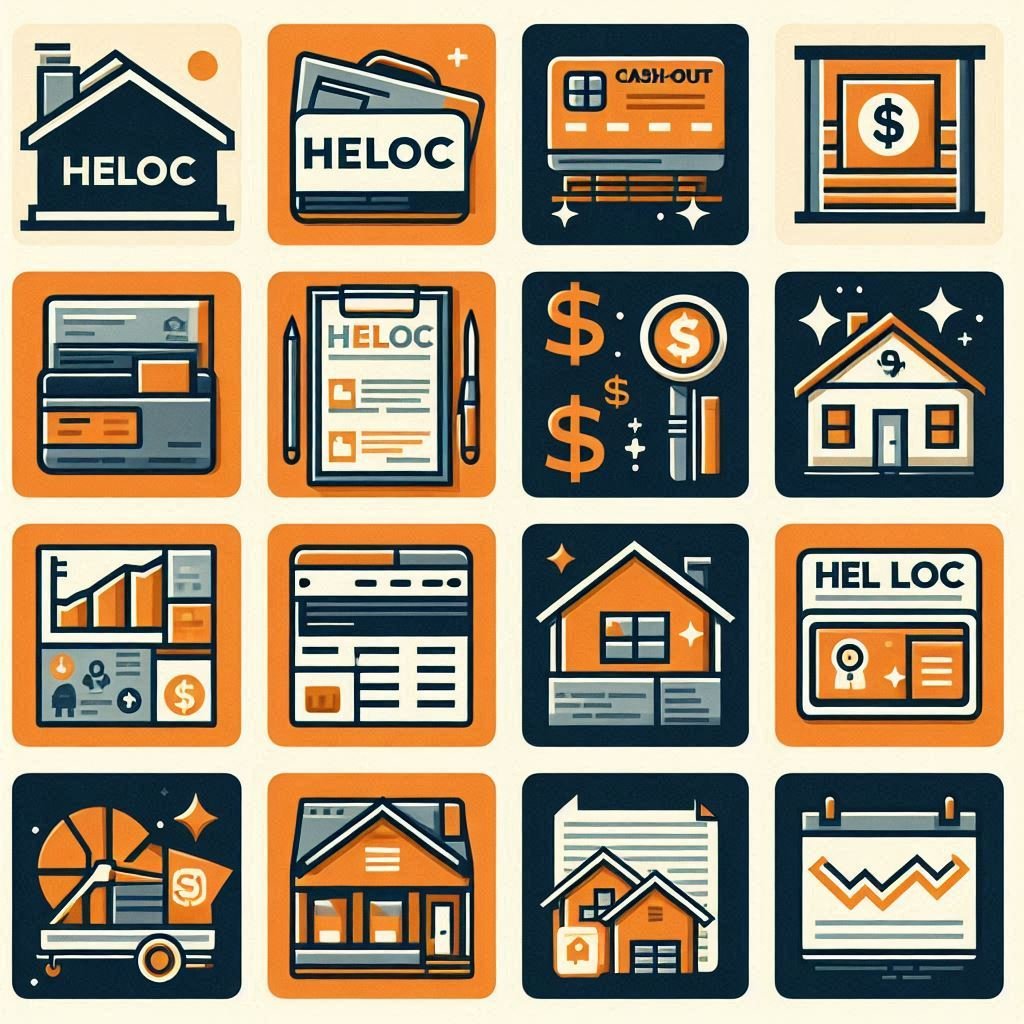Financing Options for Your ADU: What Are Your Choices?
Introduction
Building an Accessory Dwelling Unit (ADU) in San Diego is a smart investment—but like any real estate project, the numbers matter. Whether you're adding a rental unit, creating space for family, or increasing your property value, understanding your financing options is key to making your ADU project a reality.
Many homeowners assume they need to pay cash or refinance their entire mortgage to fund an ADU, but the truth is: you have options. From traditional loans to government-backed programs and creative strategies, we’re breaking down the most common ways to fund your ADU—so you can choose what works best for your financial goals.
1. Cash Savings (If You’ve Got It)
Let’s start with the obvious. If you have cash set aside for a major home improvement project, paying outright for your ADU can be the simplest route—no lenders, no interest, no monthly payments.
Pros:
No debt or interest
Faster construction timeline
More negotiating power with contractors
Considerations:
Ties up liquidity
Could impact your emergency savings or other investment plans
Good Fit For: Homeowners with strong savings who want a clean, debt-free build
2. Home Equity Line of Credit (HELOC)
A HELOC is one of the most popular ways to finance an ADU. It lets you tap into your home’s existing equity like a credit card—with flexible draw periods and variable interest rates.
Pros:
Only borrow what you need
Interest rates are often lower than personal loans
Pay interest only during the draw period
Considerations:
Variable interest rates can rise
Puts a second lien on your home
Requires sufficient existing equity (typically 15–20% or more)
Good Fit For: Homeowners with strong equity and a high credit score looking for flexibility.
3. Cash-Out Refinance
A cash-out refinance replaces your current mortgage with a new, larger one—and gives you the difference in cash. If interest rates are lower than your current mortgage, this could be a savvy move.
Pros:
Potential to lower your overall interest rate
Large lump sum of cash
Longer repayment period = lower monthly payments
Considerations:
Extends or resets your mortgage term
Higher closing costs
Not ideal if rates are currently higher than your mortgage
Good Fit For: Homeowners with substantial equity who are comfortable refinancing.
4. Renovation or Construction Loans
Construction loans—like Fannie Mae’s HomeStyle® Renovation loan or FHA 203(k) loans—are designed specifically for home improvements and ADUs. These loans allow you to borrow based on the “after-renovation value” of your home.
Pros:
Loan amount is based on future value, not current equity
Can be bundled with a purchase or refinance loan
May be backed by government programs
Considerations:
More paperwork and oversight
Can take longer to close
Often require working with approved contractors
Good Fit For: Buyers planning to add an ADU at purchase or homeowners with little existing equity.
5. ADU-Specific Loan Programs (Local + Green Incentives)
Some local lenders and public agencies are now offering loan products tailored specifically to ADU development, especially if your ADU is designed for long-term rental or sustainability.
For example:
CalHFA ADU Grant Program (when available): Offers up to $40,000 toward pre-development costs for eligible homeowners
PACE financing (Property Assessed Clean Energy): Funds energy-efficient ADUs and is repaid through property taxes
Pros:
Often subsidized or incentivized
May not require perfect credit
Considerations:
Availability and qualifications vary
PACE loans may affect resale or refinancing
Good Fit For: Homeowners building a green or affordable ADU, or who need help with soft costs.
6. Private Lenders & Hard Money Loans
Private loans or hard money loans can offer quick access to funds—especially for homeowners with less-than-perfect credit or unconventional income documentation.
Pros:
Fast approvals
Flexible underwriting
Considerations:
Higher interest rates and fees
Short repayment terms
Riskier for long-term holding
Good Fit For: Investors or homeowners with short-term exit strategies (e.g., refinance after build or resale).
7. Partner or Joint Venture (Creative Strategy)
If you’re land-rich but cash-poor, consider bringing on a financial partner. Some investors or developers may fund the build in exchange for shared rental income or equity in the ADU.
Pros:
No debt
Shared risk
Considerations:
Requires legal agreements
Shared decision-making and profit
Good Fit For: Homeowners open to co-investing or exploring long-term wealth-building strategies.
Which Option Is Right for You?
Choosing the right ADU financing path depends on:
Your current equity
Credit score and income
Timeline and project goals
Long-term strategy (e.g., rental income, family use, resale value)
At ADU Pals, we help you evaluate your financial position and match you with the best-fit funding strategy. Whether you need help connecting with lenders or estimating your ADU’s return on investment, our team has the experience to guide you.
Conclusion: Fund It Smart, Build It Right
Building an ADU is one of the smartest investments you can make as a San Diego homeowner—but the first step is understanding how to finance it. With more options than ever before, there’s likely a solution that fits your unique situation.
Want help figuring out what your ADU will cost and how to fund it?







